the value is in the inputs
+ Spotify’s regressive influence, connecting the Bronx to West Bengal, and really committing to an alias
STAYING IN
My friend recently started working at one of the big artificial intelligence companies currently suffocating conversation within your most boring friend groups. While hanging out in his apartment the other day in San Francisco, he demonstrated how eagerly he had soaked up the Kool-Aid spouted by their savant-cosplaying CEO. He explained that his firm are actually, really, no seriously the good guys; that they need to win the AI race so they can dictate that the technological ramifications are used responsibly (almost verbatim the OpenAI schtick, before they went mask off and revealed themselves to be – shocker – a sickly for-profit tech company). That was before he horrifyingly in earnest lauded their “plan” to “democratize” education by giving everyone in the poorest parts of the world their own personalized AI “teacher”.
Then he turned his monologue to the “exciting” developments in AI music. As he shuffled through selections from his personal stockpile of artificially-disseminated favorites, we heard sound-a-likes of amapiano, tropical house, and lo-fi beats. Within 10 seconds of every song he would turn up grinning from his phone to ask without interest in a response, “Pretty good, right?”
I kept the peace that night, rather than give my honest answer for every time someone expects me to concede that maybe AI is getting good enough to put real musicians out of work.
I will not die on my luddite hill by denying that the melodic product sounded professional and pleasant, and surely would pass some kind of songwriter version of the Turing test. What alarms me about AI in music are not the sounds my misguided pal played for me, but his own reaction to them. Specifically, his optimism that being able to generate instantaneous music by prompt is somehow a step forward for society, rather than the end-point of our already depleted willingness to pay attention to and invest in culture.
The music journalist Liz Pelly, in her brilliant book-length prognosis for how Spotify has damaged the music industry, describes with thorough reporting that we have long been moving towards something of a singularity. In giving up our music collections to DSPs run by ruthlessly indifferent tech execs, we have allowed for a complete collapse of context in our consumption of art. The harvested influence of playlists has served to strip songs from their albums and scenes, resulting in a separation of the music from the artists’ intentions.
All this on platforms that algorithmically regress users’ tastes to an easy listening average in order to maximize “time on app”, and that fail to provide more than the bare minimum of information about who wrote, released, or was involved in any given song. All the “personalization” Spotify has built their brand around is really just fencing listeners off into interrogation rooms with one-way windows, observing them constantly while giving them no insight into the world they’re being trapped in.
The result has been countless friends of mine who are obsessed with music from artists they cannot name, who listen to art from around the world without realizing where any of it is coming from. These songs are supplied by Spotify because they fit a calculated pattern (or as they market, a “vibe”), not because they connect a listener to any specific history, culture, or context of relevance to them.
The passive acceptance of this development means unknowingly agreeing to the DSP’s ulterior motive, as Pelly outlines in her book. We fail to notice that much of what is being fed to us on these services is increasingly the result of “fake” musicians simply banging out for-hire imitations of the slop Spotify has gotten folks hooked on (i.e. mainly whatever you find on their POLLEN playlist). By circumventing expensive licenses owed to independent musicians, Spotify can serve the masses at lower margins. And as they continue the process, the inevitable end result will be much of the music on the platform being swapped with the cheapest kind of all to produce – that which is AI generated on the spot.
There are a lot of ways to counter this trend for those interested, and Pelly goes into a very worthwhile set of novel examples including thoughts on artist collectives and engaging with your public libraries. A good starting place for the resistance-curious might be to simply remind yourself of what music actually looks like.
A few weeks ago I watched the wonderful British rockers Porridge Radio on their farewell tour, banging out their quivering, deeply affecting indie rock songs with the requisite fervor. In between, lead singer and songwriter Dana Margolin dropped insightful crowd banter about playing music internationally, the wild weather diversity they experienced touring along the West Coast, and a cheeky observation about an audience member wearing her ex’s merch.
Coming just a few days after that excruciating exchange with my AI-employed friend, it amplified for me why I am so motivated to continue standing in the way of letting DSPs reduce my listening to their lowest uncommon denominators. The show was beautiful not just for the sounds, but because of the people bringing them to reality. These four individuals – Dana Margolin, Georgie Stott, Sam Yardley, and Dan Hutchins – came together and made the necessary commitments required to be an artist: showing up and doing the work right now at the expense of everything else you have to sacrifice to make it happen. Their songs come attached to real lived experiences, real musical intuition developed between the band members, and real sweat dripping off their necks as they toss themselves around the stage night after night in city after city to put a face to the mp3s fans fell in love with.
That Porridge Radio is breaking up this year only made their presence that much more significant. They are individuals who felt so thoroughly compelled to pursue their art, and in turn paid the price regardless of the ambiguous benefit they might have received in return. Even if their output can one day be effectively reproduced by an AI, it’s the inputs which give that art value.
STEPPING OUT
Hip-hop was born from breakbeats at Bronx block parties, channeling the energy of the borough’s neglected youth into the most electric musical form of the last century. Lightning may not strike twice, but the same combination of meteorological conditions has conjured storms across world history. Those pressure systems that turned an unassuming apartment rec room on Sedgwick Avenue into New York’s most notable party were simultaneously transforming the rural villages of West Bengal and Maharashtra. Residents, killing time between the weddings that make up their areas’ primary industry, realized the sound systems they used for those celebrations didn’t need to lay in storage dormant. If they had more capacity, why not create more reasons to celebrate?
So arose the soundcheck movement, a regional phenomenon of local crews rigging up elaborate DIY sound systems decked out with colorful collages of flags, garlands, and personal and religious iconography. Cranking the bass on sped-up remixes of Bollywood and traditional folk songs, a style dubbed “jhankaar beats”, these crews participate in boisterous sound clashes, aka “box competitions”, pumping entropy into their surroundings. And like those who witnessed DJ Kool Herc loop together two vinyl copies of a song into a participatory new genre before their eyes, Mihir Chauhan and Jaiveer Singh were inspired by these bold and booming processions they saw growing up in Mumbai and Delhi.
Meeting as freshmen year floormates at Cornell, the two would come to share an appreciation for UK bass and underground sounds, as well as a mission to imbue their contemporary musical interests with their broader cultural reference points. To date, Baalti’s tapestried club tunes have pulled in threads everywhere from house music and disco to DnB and dream pop. On Mela, their four track homage to box competitions that came out last Thursday, the duo mapped onto that scene’s features their own inspirations with the dancefloor, turning back the clock to music’s most primordial meaning.
The most widespread technological innovations in audio have largely come at the expense of its physicality. We are living through an age where headphones have overtaken speakers, our sounds sourced through algorithms designed to minimize sonic friction and turning our generation’s songbook into the equivalent of desktop wallpaper intended to passively fade into the background. Whereas it was once our most communal activity, able to bridge gaps in language and customs, music has been rendered predominantly a private experience.
Mela is a corrective, indexing in its production on the power of crowds drawn together under a shared sound wave. It’s immediate on opener “Bodylock”, in which percussion appears to come at you from all angles. A chanting sample is deconstructed into a hard knocking shuffle, fanning the firestorm of low-end rumbles. “Loose Leaf” is a frenetic free fall at 160 bpm, the khartal, dhol tasha, and rupturing synths coming together like a jugaad approach to jungle. These tracks are delivered with a force meant to hit you in the chest before your eardrums, produced for maximum tactile impact.
You can hear in Mela’s melodic movement’s all the familiar Baalti signatures – the hiccuping vocal fragments triggered like dominos, wobbling basslines knocking into the treble like wind chimes – but everything has been dialed up into their most carnal incarnation. “Overbit” has multiple types of drums, including the dhol tasha, tappatai & thappu, and manjeera – altogether working in concert to conceive a desi spin on footwork. It imagines a world in which Chicago house was born on Devon Street, DJ Rashad by way of AR Rahman. “Raja” slows things down but without any diminishment in intensity, tangled stems of twitchy brushstrokes and quantum sound design seemingly bumping against the technical limits of the duo’s DAW. In true soundcheck fashion, these songs are boiled down to their most functional, considering first and foremost what would best demonstrate the power of the system they’re played on. What will deliver the most overwhelming experience of pure sound?
Much like when a young rock band finally makes a studio album that captures the raw intensity of their stage prescence, Mela is Baalti’s best encapsulation of their feverish live shows. You can trace the paths crowds will weave through these songs’ polyrhythmic pockets, and can practically hear the sweat dripping off the duo onto their CDJs. It’s an advertisement for the inclusive festivities Mihir and Jaiveer have ignited around the world – from London to Mumbai to Los Angeles and back to their current home base of New York – each set one of those serendipitous lightning strikes, Mela the reverberating thunder clap.
KEEPING TABS
MIKE’s Showbiz!
MIKE helped launch a resurgence in lo-fi loop raps, bringing back to the foreground of young MC’s style the immortal influence of DOOM and Dilla. Yet the classic critique levied on him and his peers is that of a sleepy sameness permeating their slurred soliloquies, seemingly repeating themselves on almost perfunctorily prolific releases. On Showbiz!, however, MIKE takes on not just the sound of his forefathers, but their sidewinding spirit; this is the most diverse palette of beats the Brooklyn rapper has tackled to date, and it helps one hear his consistent talents fresh. He glides over a Surf Gang-helmed groove on “Belly 1”. On “The Weight (2020)” he chases a wayward trumpet in satisfying circles. Most songs barely make it to a minute and a half, giving the record a triumphant feeling of an NBA All-Star running effortlessly through rounds of a slam dunk contest. No matter what paint he throws against the wall, he ends up with some kind of abstract masterpiece.
Venturing’s Ghostholding
Speaking of DOOM, bring back the practice of artists releasing new albums under different aliases – and really committing to it (we love Johnny Blue Skies, but he’s still going by Sturgill Simpson everywhere it matters). Venturing, the even more explicitly indie-rock spin-off of Jane Remover, might seem an unnecessary distinction; the shoegaze guitars don’t necessarily whirl any harder than on their last album Census Designated, and the midwest-emo signifiers were definitely already buried within the digital detritus of their breakthrough Frailty. But the embodiment of a new moniker opens a deeper pocket within their seemingly endless angles of talent, a perfectly executed 180 from last year’s twin fractal-pop singles. Ghostholding is a sharply emotive collection of rock songs to rival the likes of its influences, far more vital than a simple genre exercise the description of the project might have suggested. I am thrilled to imagine the next sound (or name) Jane Remover might come back exploring next.
Shadio Row Episode #002 Archive
If you made it this far, you might have picked up that we believe strongly in human curation and taking as much of your listening off DSPs as possible. In that spirit, for our second edition of Shadio Row (new episodes out every third Wednesday at 8:30 am PST / 11:30 am EST on Half Moon Radio) we put together a mix of heat you can only hear outside of Spotify. The renowned Mumbai-based music journalist Bhanuj Kappall stopped by to share insights on the positive impacts of piracy, the perils of personalization, and the importance of preserving your own archives.
March is going to be a big month for us – so keep tabs between lewsnetters on our Instagram. Look forward to a guest mix for the third Shadio Row, Kartik’s next Bandcamp-exclusive beat tape, and Sparklmami rocking Jupiter Disco on March 21st (come through).

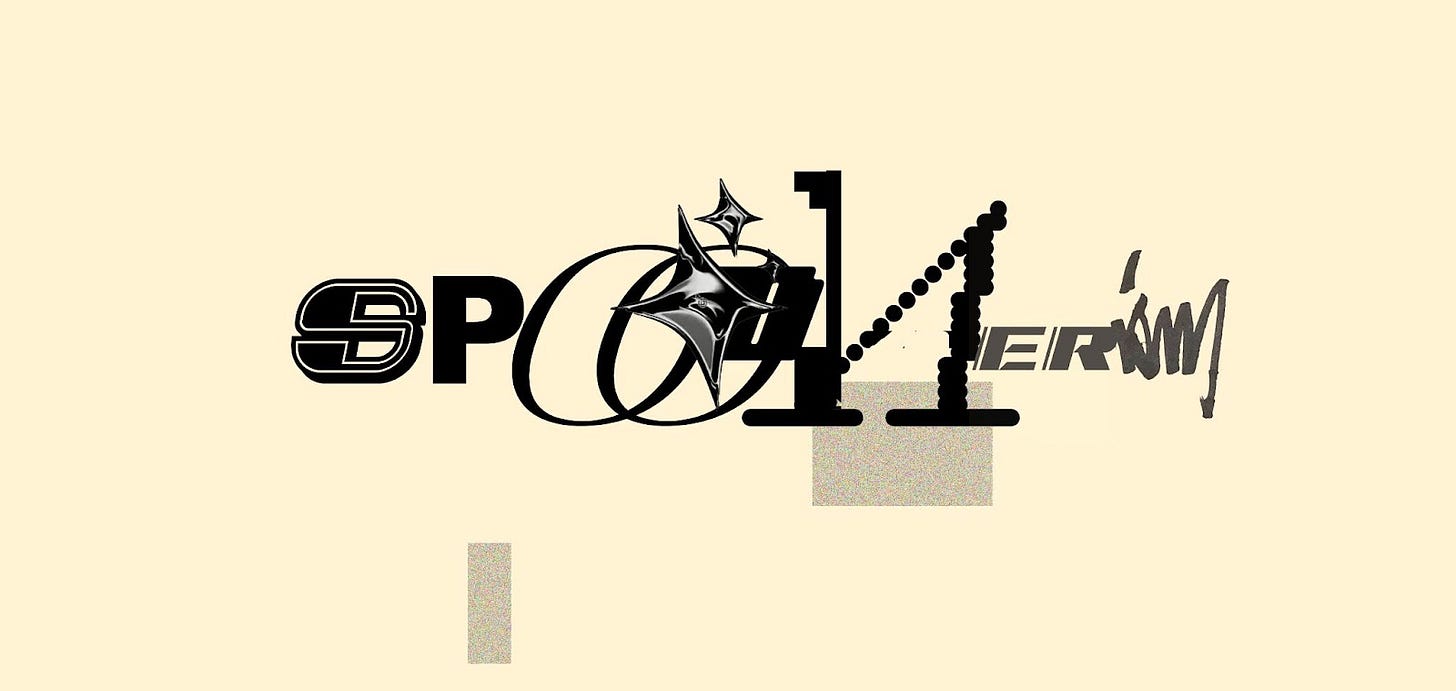


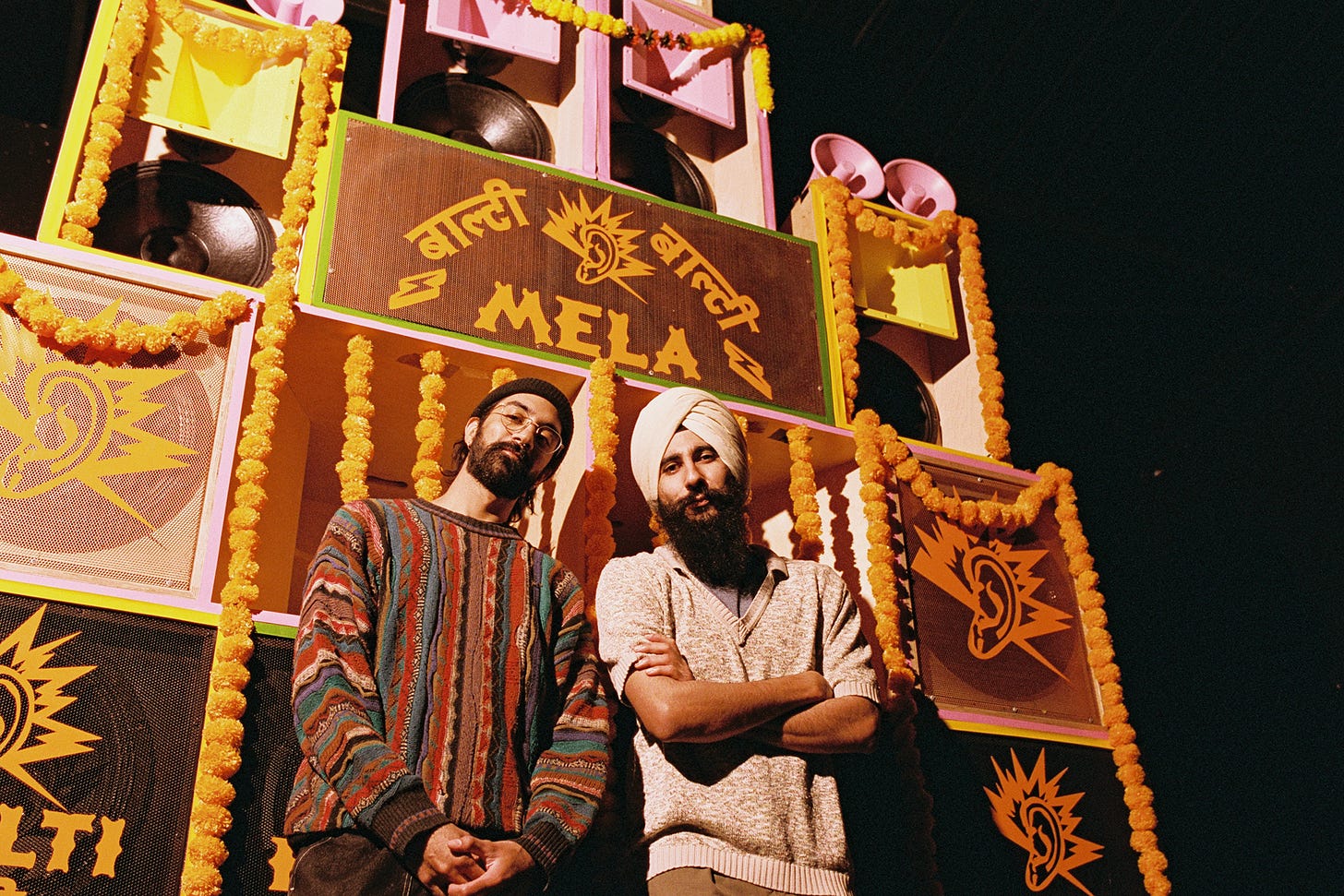
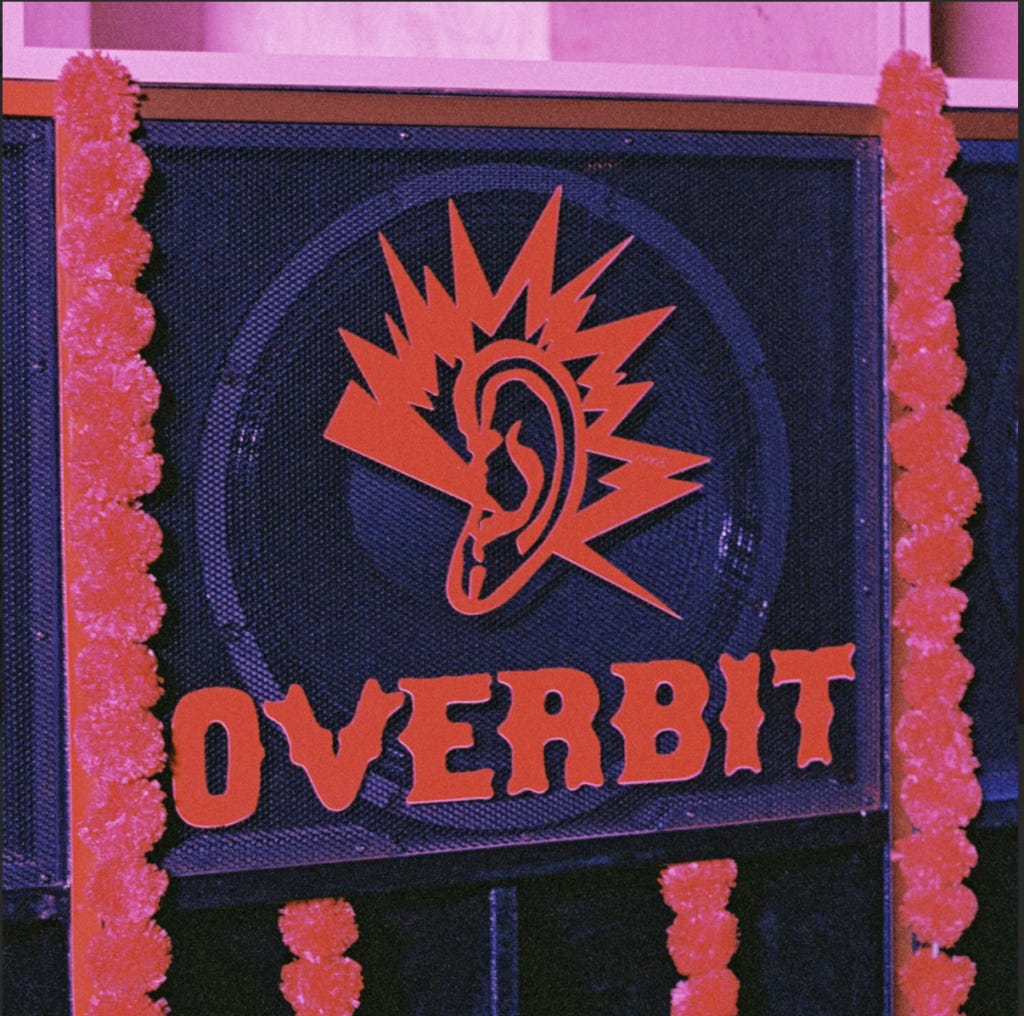
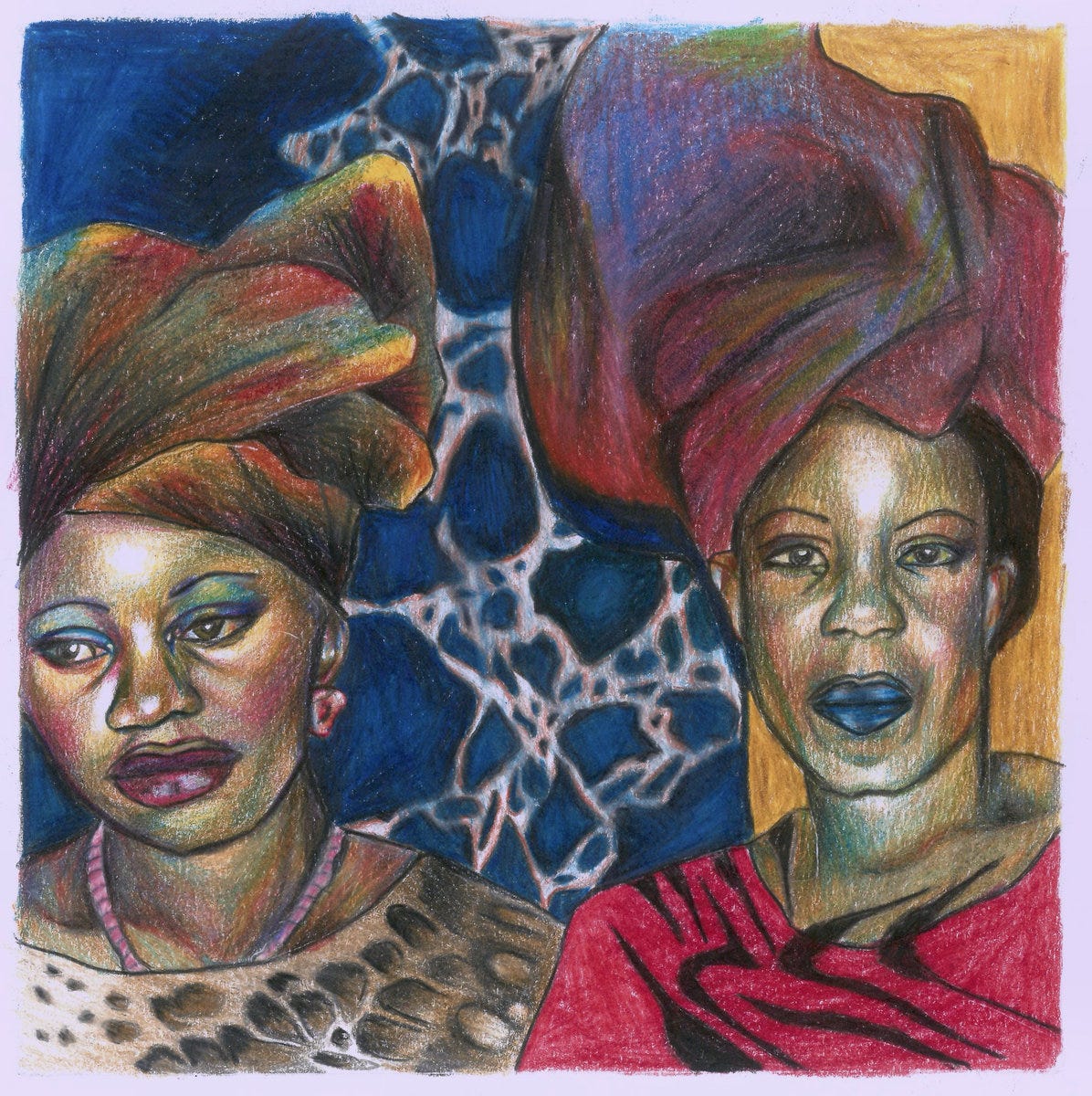

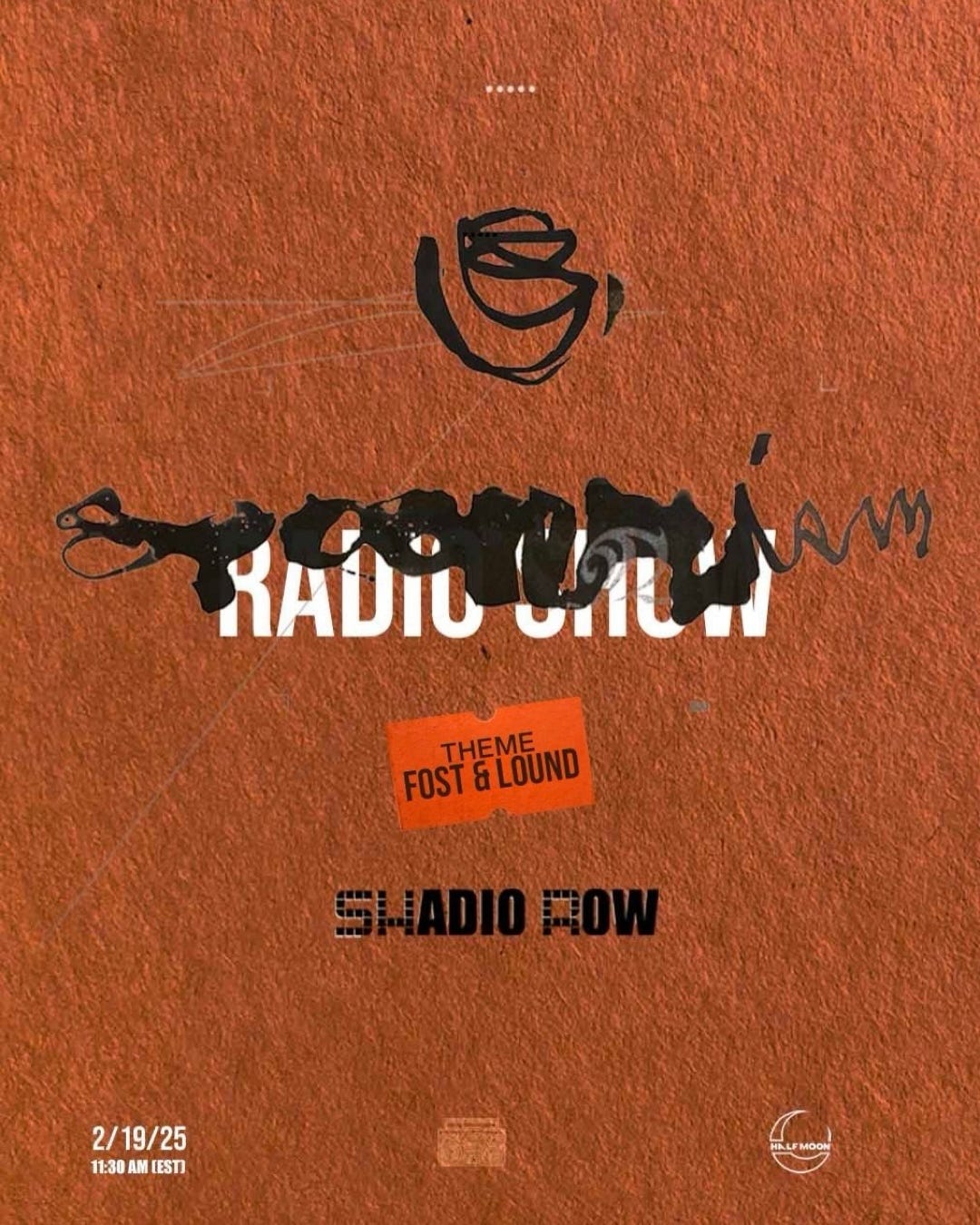
loved every bit of this, truly an amazing piece of writing! i’d like to quote you on the next episode of my community radio show, let me know if that’s okay (-: